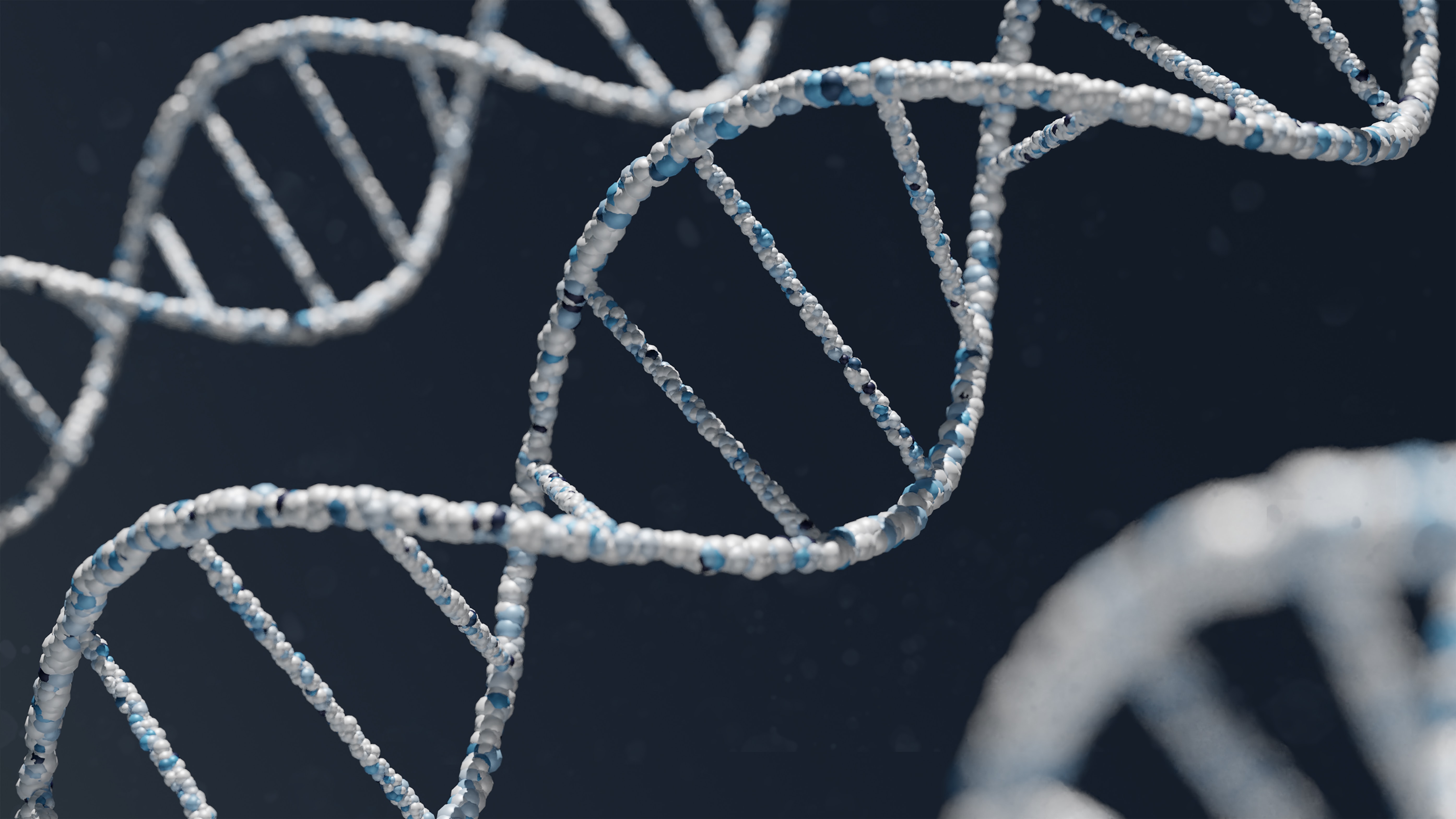Although there have been great developments in the field of cancer diagnostics and treatment, cancer has still sustained its position as a leading cause of death. Many treatment options have entered the market which can be very effective, but many are only effective at the early stage of the disease, which is why it is crucial to diagnose cancer early. This finding has led Cancer Research UK to devote a lot of money and efforts towards early detection and diagnosis. These efforts for early diagnostics will help drastically in reducing the number of deaths from cancer. This technology will enable screening to spy on cancer, and once a sign of cancer is observed, a treatment option can be used early to get rid of it even before cancer symptoms appear.
My research focuses on developing technologies that enable cancer screening and early diagnostics and leading to next-generation spying technologies for cancer early detection. The problem with early detection is it very difficult to find cancer components in our blood and tissue early because they are present in a very tiny amount. What I work on is to make spies that look for these tiny components in tissue or blood samples then bind to them and tag them so they can be detected. The spies we use are smart and they change their shape when they catch cancer components. The challenge is that some spies travel far in the testing sample, and it is hard to find them. In order to better identify cancer, we’d need to catch all of the spies and examine their shape. for your reference, our spies are 10,000 times smaller than the width of your hair. This also gives it a unique advantage to detect the tiniest cancer contents directly because our technology examines a spy at a time.
Cancer has many contents that can be used to detect it and understand it, such as DNA and proteins, and many technologies were developed to detect these. Still, not all cancer-relevant contents are DNA and proteins, and there are other ones that are more interesting. The content of interest to me is a tiny DNA “daughter”. This component is called micro-RNA, short cut miRNA, and our cells use them for controlling many things in our cells. There tiny DNA relative is called micro-RNA, short cut miRNA.
It is very difficult for current technologies to directly detect miRNA. To detect it a technology must follow two steps. First, the technology needs to transform it back to DNA. Second, because DNA is super small and cannot be seen, the technology needs to make so many copies of that tiny DNA to eventually be able to see. This is laborious, time-consuming, error-prone and an indirect way of detection. The technology we develop in the Keyser lab overcomes these problems as we can directly detect miRNA using our spy and tag technology. We believe the technology we are developing has the potential to revolutionize miRNA detecting and quantification, thereby revolutionizing an aspect of cancer early diagnostics. If you are interested to learn more about our technology, feel free to get in touch with Mohammed Alawami in Keyser Lab.
NanoDTC Associate, a2020

